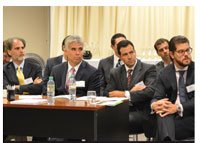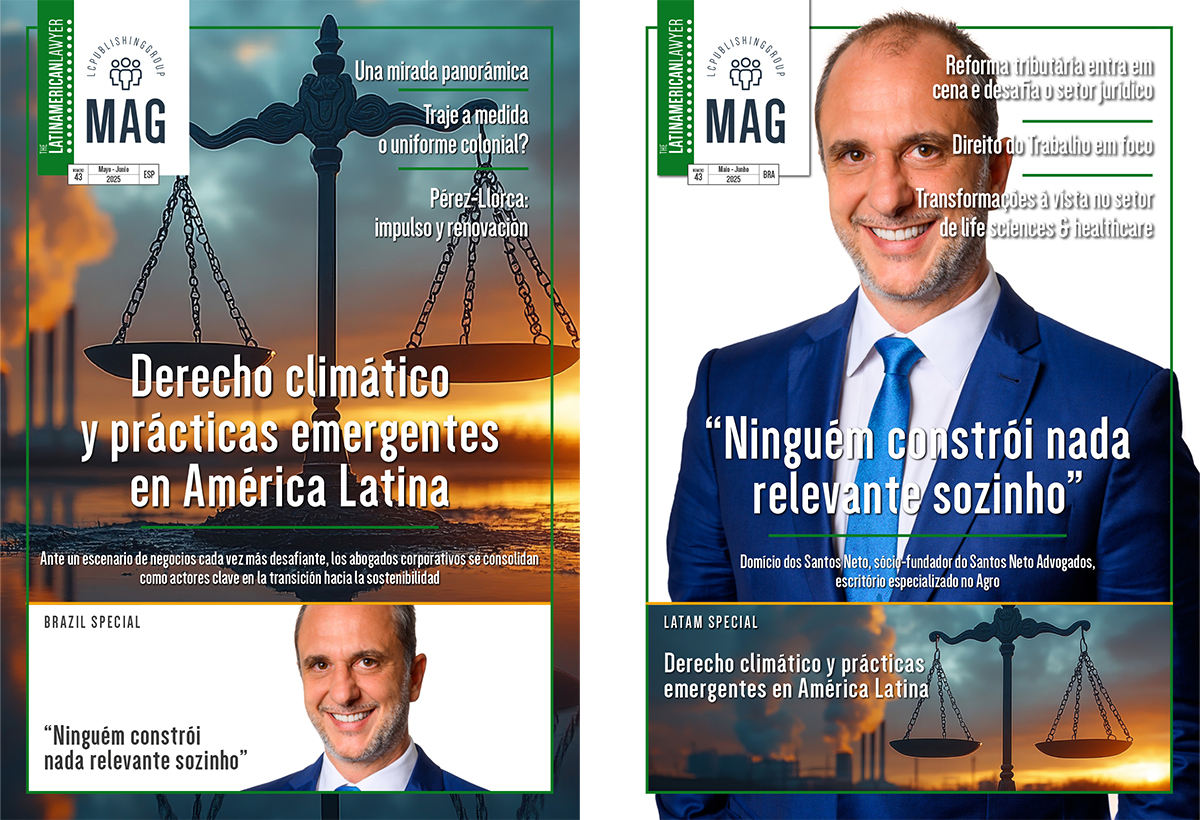Latin American target companies must ensure transparency in M&A deals to boost their valuation
A lack of transparency in M&A transactions can lead to potential reputational damage in addition to negatively affecting deal values
Target companies in Latin American M&A deals will boost their valuations if they ensure there is maximum transparency in deal negotiations and highlight the steps they have taken to ensure compliance, attendees at an event organised by The Latin American Lawyer in Buenos Aires, Argentina were told.
The growing need for transparency in M&A due diligence was one of the key issues highlighted by participants in the event, which was hosted by law firm Estudio Beccar Varela in cooperation with law firms Basham Ringe & Correa and Batalla Salto Luna. Speakers said that about 20 per cent of M&A deals do not include a transparency analysis as part of due diligence, which increases the risk of finding compliance issues and corruption.
Targets must prepare
While it is normally the responsibility of the buyer to conduct due diligence and transparency reviews, it is increasingly in the interests of a target company to prepare for a potential acquisition by solving any possible issues in order to be better positioned to welcome suitors, event participants were told.
In countries such as Mexico, the Foreign Corrupt Practices Act and anticorruption compliance are relatively new considerations in the context of transparent M&A due diligence, attendees heard. Clients need to understand their responsibilities in relation to efforts to increase transparency and how they impact on company valuations, particularly when companies prepare for a sale. Participants highlighted the particular risks facing family-owned companies in this respect. A concerted effort is required when preparing for a sale – it is not simply a matter of figuring out a price and sitting down to negotiate, attendees heard. Preparing for a sale requires almost the same effort – and the same level of due diligence – as preparing for an acquisition. Companies need to review their position and make sure the essential elements are in place, otherwise, potential buyers will notice the high risk and will not close the deal.
 Country risk
Country risk
In other smaller markets, such as those in Central America, where companies are smaller and there is significant state involvement in the economy and businesses, there is a significant level of country risk, attendees heard. The fact that any potential buyer will be interacting, at some point, with the state increases the risk for potential corruption. In these markets, international investors need to protect themselves in order to avoid overpayments and therefore need to be on the lookout to avoid risky assets. On the other hand, potential target companies need to raise ‘white flags’ signalling that their assets are of a high quality, that their operations are transparent, that they follow all compliance regulations and keep good relations with all stakeholders and the community.
Meanwhile, event attendees also heard that there is currently a trend for regulators and authorities – particularly in the US – to be more flexible when assigning responsibilities and limiting liabilities in relation to regulatory compliance. In a number of cases, participants were told, a deal has been allowed to go ahead when a corruption case has been uncovered, on the condition that due diligence was robust and that there are assurances that all concerns will be disclosed. The way this worked in some of these cases was that, during the transaction or shortly after closing, the buyer pushed the target to do a voluntary disclosure and all parties concerned agreed to uproot the corruption issue and take all necessary measures in order to limit liabilities.
Reputational risk
A lack of transparency in potential M&A deals has other serious consequences beyond the initial impact on company valuations, participants heard. These consequences include reputation issues and long-term successor liability. If the buyer missed the red flags and uncovers a corruption case, they might realise that the target is a different organisation than the one they thought they were buying – in reality, it could be an asset, with a culture of risk, that won deals and contracts due to corruption and not because of its quality. Potential buyers need to quickly detect where the risks are, which business units or markets are the most risky, and act decisively before getting in too deep.
















